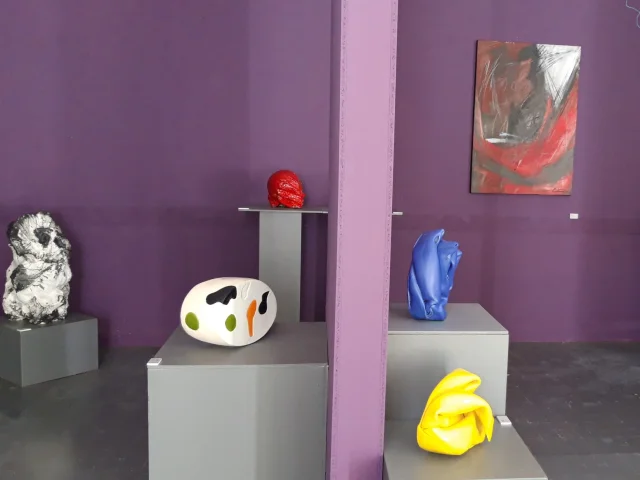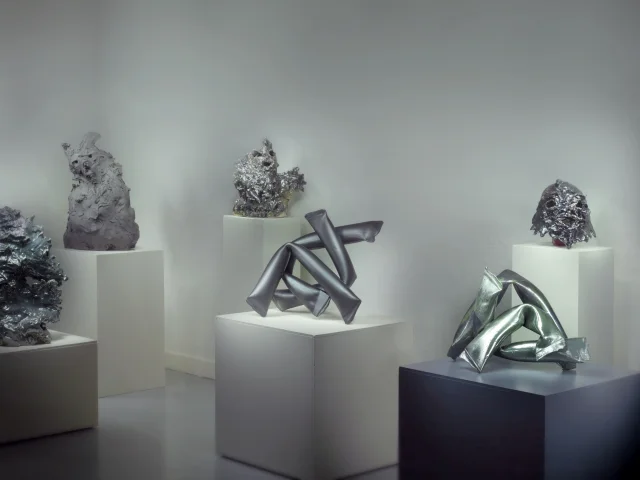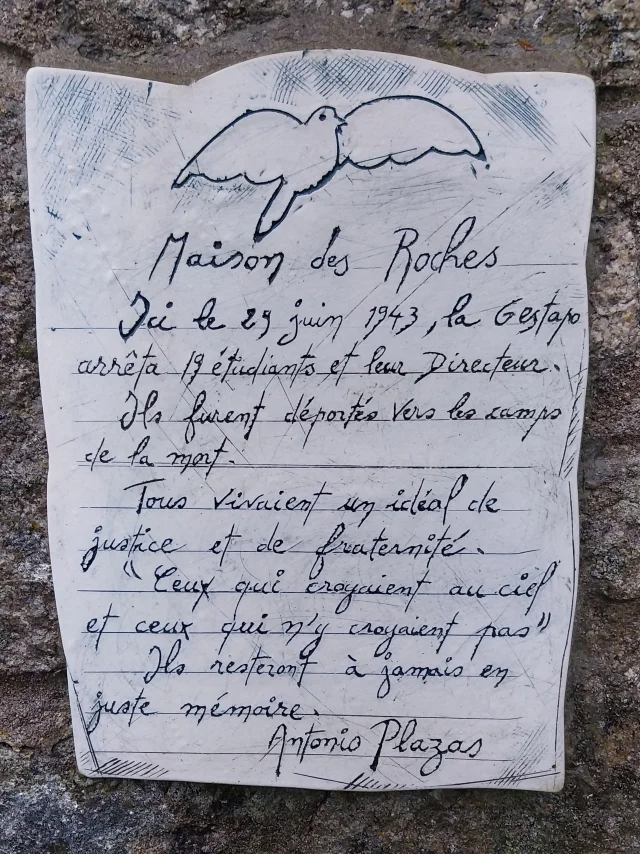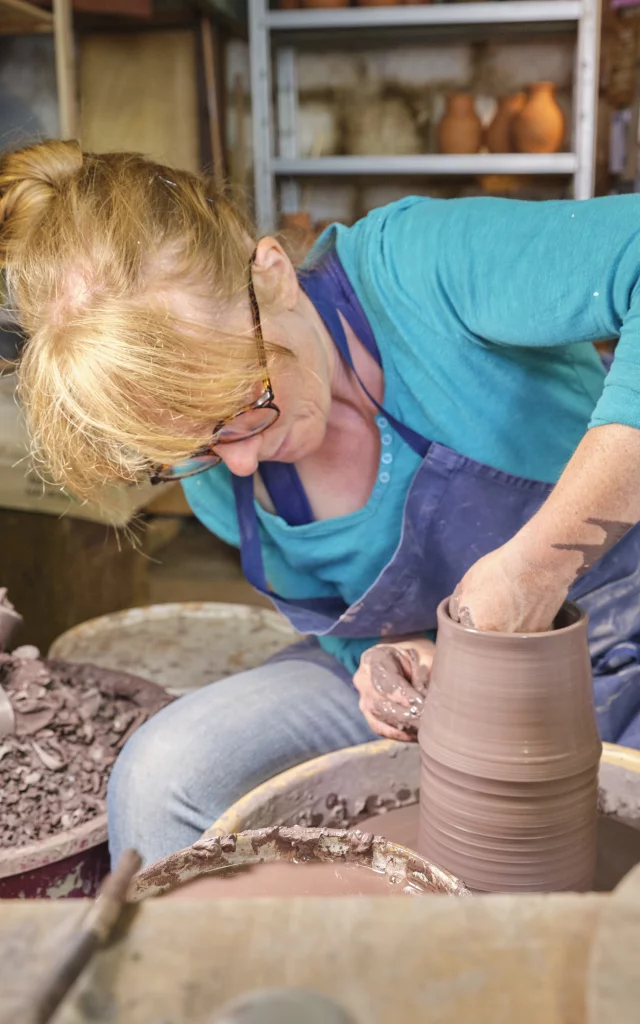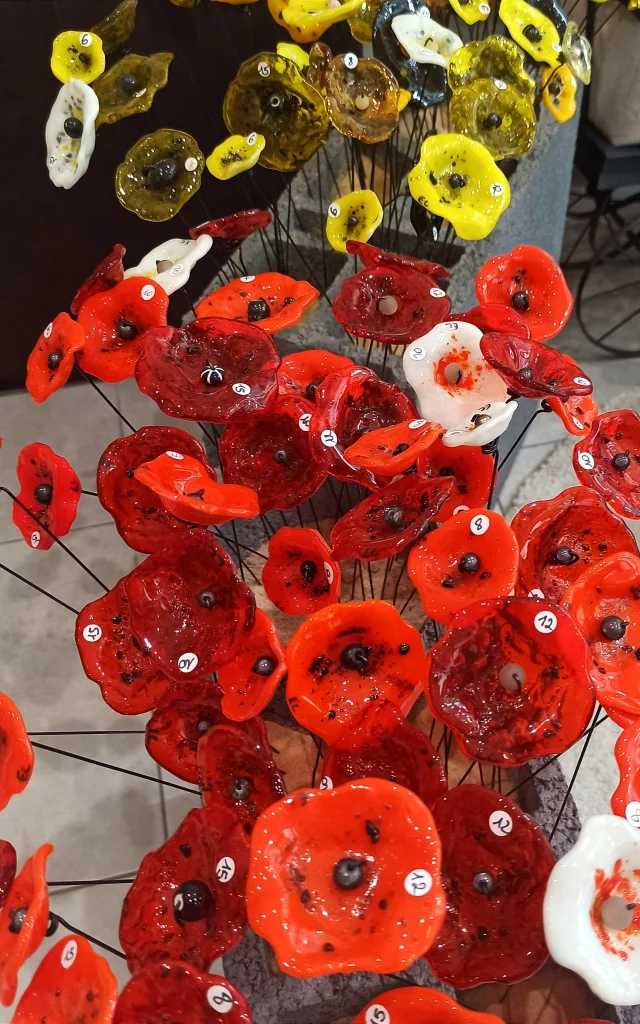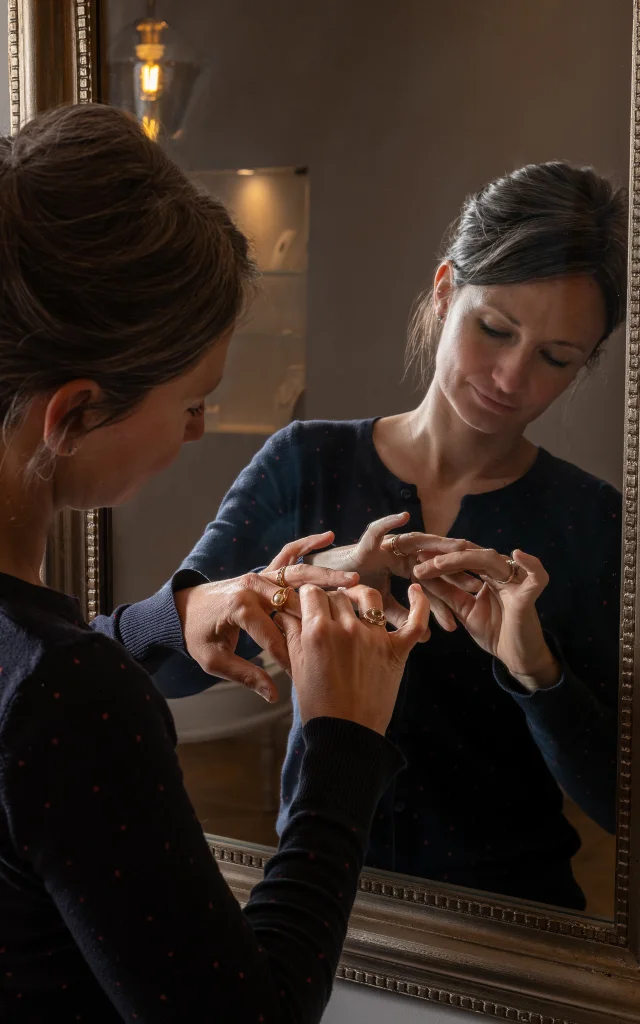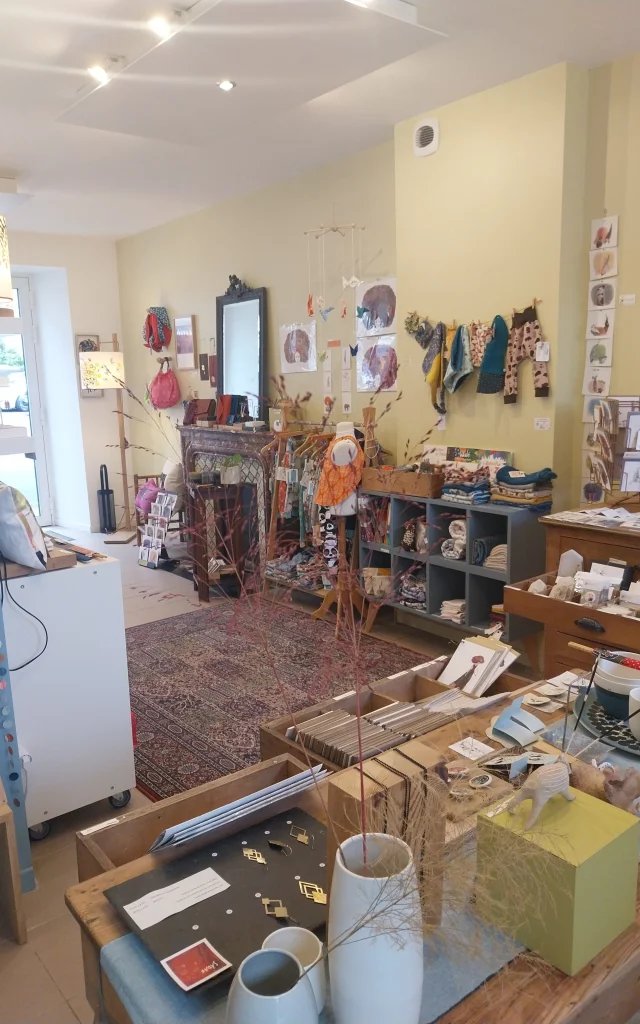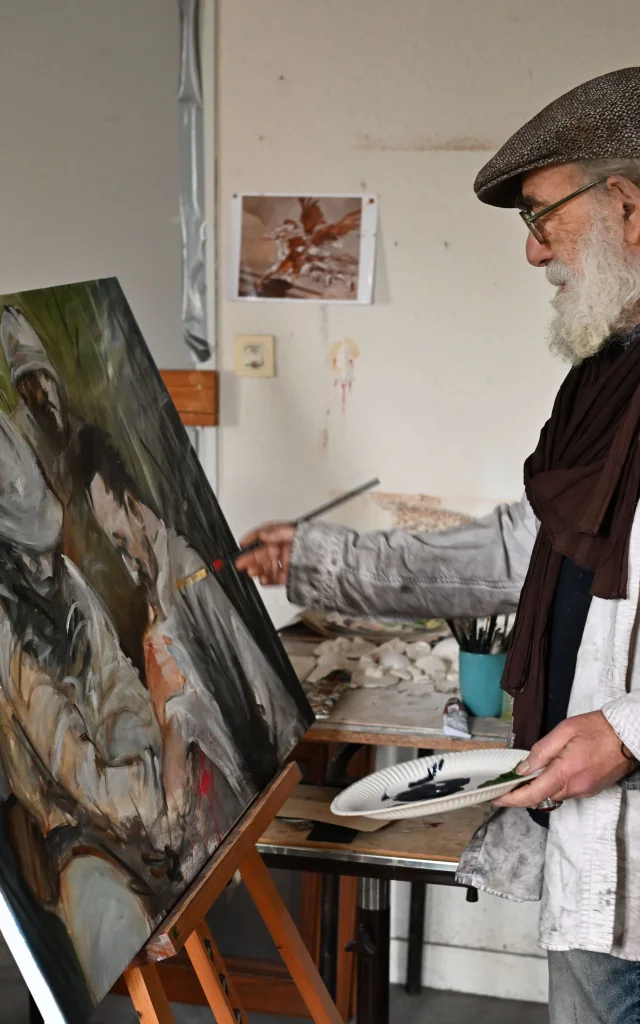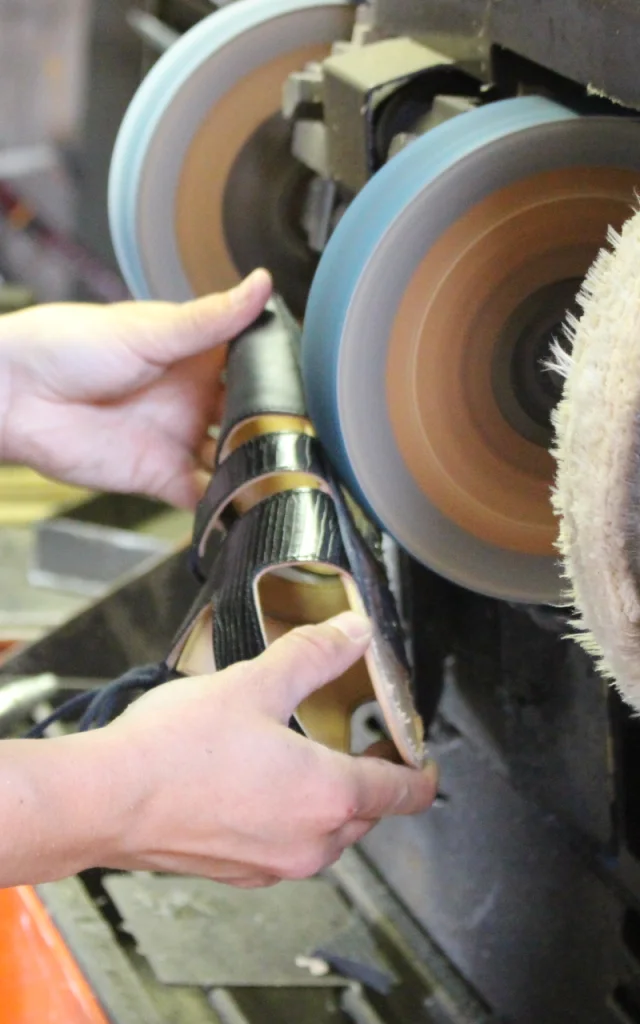The Hôtel des Roches is a handsome 32-room hotel dating from the early 20th century, with full amenities and hot and cold water on every floor!
In February 1942, the Hotel des Roches was rented by the Fonds Européen de Secours aux Etudiants, FESE, to accommodate young men, Jewish or not, anti-Nazi, Spanish refugees, interned in camps in the south of France. Many of them were elite young intellectuals, German speakers or foreigners who wished to continue their studies. The FESE was headquartered in Geneva and orchestrated by an American pastor, Tracy Strong Junior, General Secretary of the YMCA. This was the first contact between Protestants from the Plateau and the United States. The house is entrusted to a refugee couple from Aisne, with Daniel Trocmé as Director of Studies. From February 1942 to June 1943, more than 90 refugees lived in the “university hostel” at Les Roches. André Jean-Faure’s daily schedule included 30 minutes of physical exercise, 1.5 hours of manual labor (chopping firewood, gardening, carpentry) and 4 hours of study and lectures in literature, history and geography. Kurt Mullner tells us: “I’m a German refugee from Belgium, and since my arrival in Les Roches, I’ve fortunately been able to resume my music studies begun at the Brussels Conservatory. The French state pays them a daily allowance of 11.5 francs per person.
At dawn on June 29, 1943, a roundup was carried out by Vichy’s SIPO-SD (German security police). While the imminence of a roundup is usually announced discreetly, perhaps by the gendarmerie or the prefecture, the warning system does not work that day. All boarders were gathered in the dining hall for questioning and searches. According to the official register, there should have been 26 people in the house that night, in principle all students. After interrogation, 5 were released: the Persian Azizloch, the Spanish Beltran and Plazas, as they were of non-belligerent nationalities, and the Frenchman Lindegaard for health reasons. Luis Gausach, who had saved a German soldier from drowning, escaped arrest thanks to the intervention of Magda Trocmé and a German officer staying at the Hôtel du Lignon. The 18 boarders and their director of studies Daniel Trocmé were taken by truck to Moulins and its prison “La mal coiffée”, then to Fresnes, Compiègne, Drancy, Maïdanek or Buchenwald. Daniel, imprisoned in Compiègne, wrote to his parents, “Dear parents, I’m in the Compiègne camp, don’t send any more parcels, wait for my new address”, and then there was silence. Transferred to Buchenwald on the December 14, 1943 convoy, then to Maïdanek, where he died on April 2, 1944. The 5 young Jews interned at Drancy were transferred to Auschwitz by convoy 57, which left on July 18, 1943. None of them returned from deportation, and we have lost track of 6 other students.
Don’t miss the touching and sober plaque affixed to the outside gate of the Maison des Roches by the Simon family. It features a dove and this text by one of the survivors, Antonio Plazas: “Here on June 29, 1943, the Gestapo arrested students and their director (…) all lived an idela of justice and fraternity. Those who believed in heaven and those who did not. They will forever remain in our fair memory”.
To find out more, visit
payslecture.fr regional fund
Le Foyer universitaire des Roches by Gérard Bollon in Cahiers de la Haute-Loire 1996: regional collection of the Le Chambon-sur-Lignon media library.
Christian Maillebouis’s book “Introduction à une autre histoire du Chambon” (Introduction to another history of Le Chambon), following in the footsteps of an RG inspector in the village. On sale at the tourist office in Le Chambon-sur-Lignon 9€.
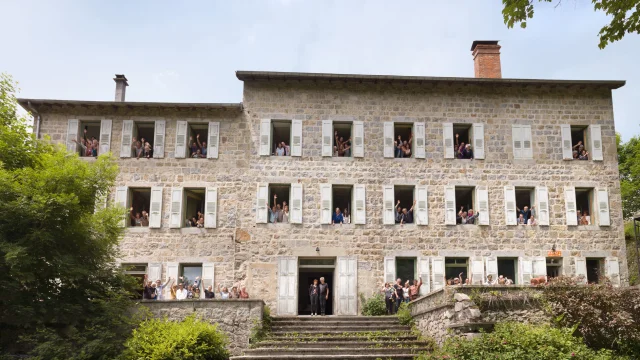 Eac Les Roches
Eac Les Roches
